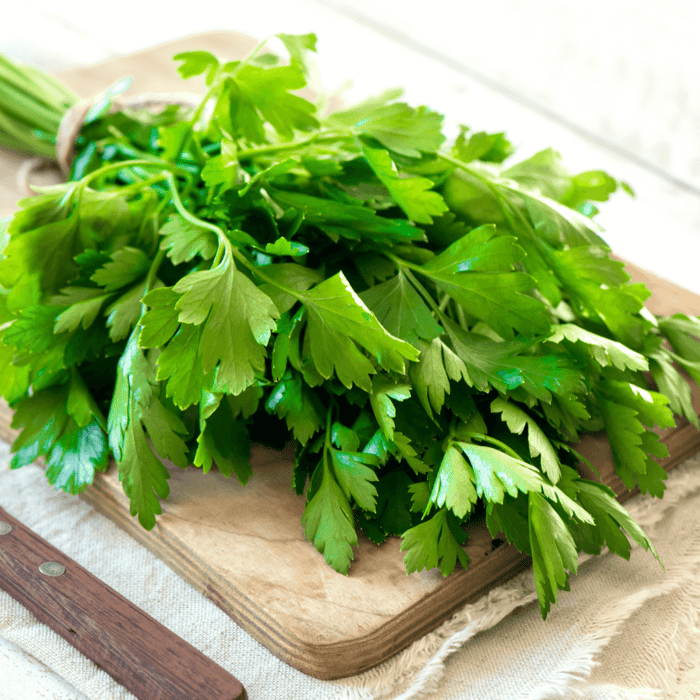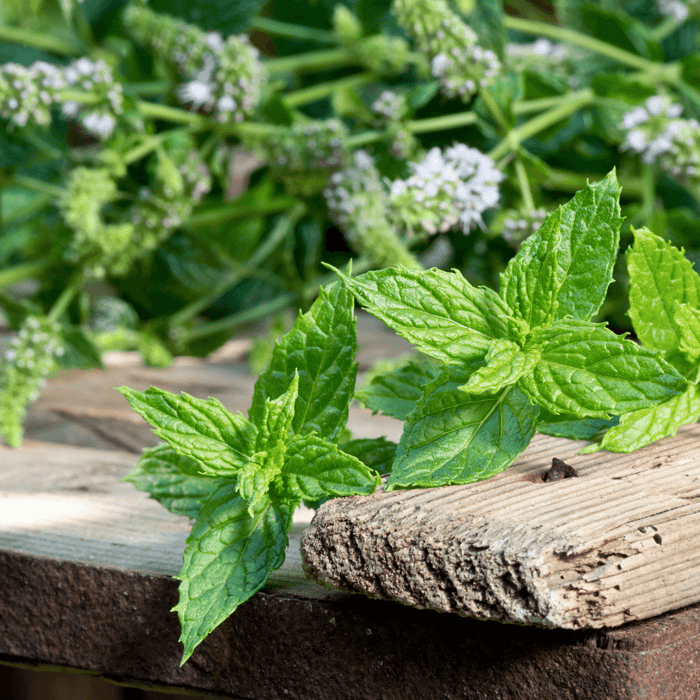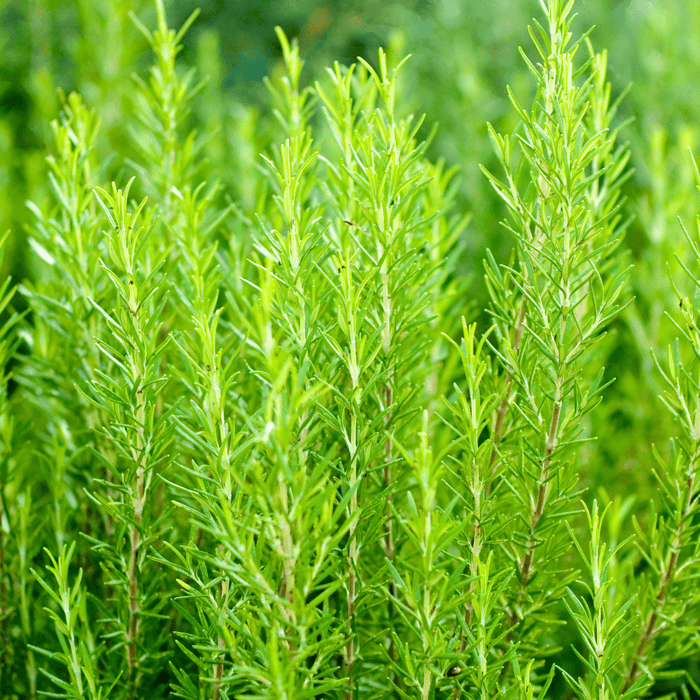Parsley is a popular herb used in cuisines all over the world. It is known for its bright flavor that adds freshness to any dish, making it a staple ingredient in many recipes. But are you wondering, does parsley regrow after cutting? This article will explore the topic of parsley regeneration and provide an in-depth explanation of how it works.
Explanation of Parsley as a Popular Herb Used in Cooking
Parsley is an herb commonly used as a garnish, but it has culinary uses as an ingredient in many dishes. There are two types of parsley: curly and flat-leaf, which have slightly different flavors. Curly parsley has a milder taste and is often used for decoration, while flat-leaf parsley has a stronger flavor and is more commonly used as an ingredient.
Many cultures, including Middle Eastern, European, and American cuisines, use parsley in their cooking. To add flavor and nutrition, it is often added to salads, soups, stews, sauces, and marinades. Growing parsley is a popular herb to grow in your herb gardens.
Brief Overview of the Topic: Does Parsley Regrow After Cutting?
The simple answer is yes - parsley does regrow after being cut. However, some important factors affect its growth rate and quality after cutting. This article will discuss these factors to help you get the most out of your parsley plants.
Italian Flat Leaf Parsley Seeds
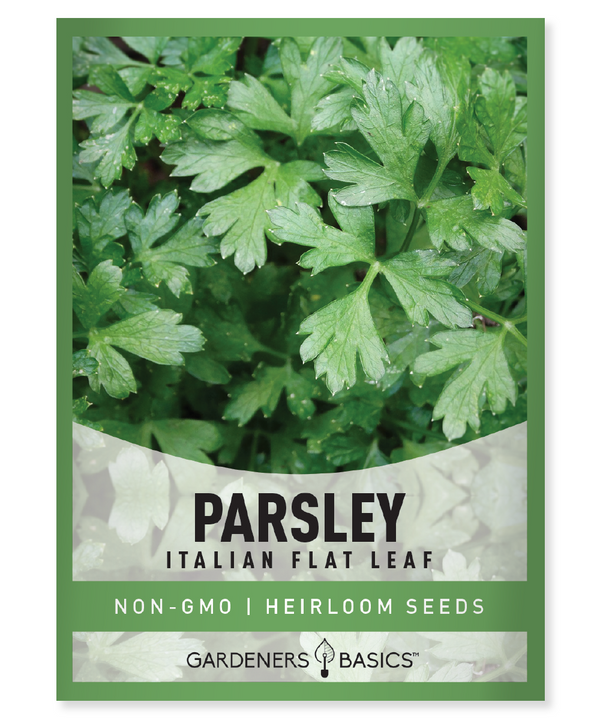
$2.49
Italian Flat Leaf Parsley Seeds - Heirloom, Non-GMO, Non-Hybrid, Open-Pollinated Grow your garden with Italian Flat Leaf Parsley seeds, a must-have herb for chefs and gardeners alike! Our premium seeds are heirloom, non-GMO, non-hybrid, and open-pollinated, ensuring a natural and… read more
Importance of Knowing Whether Parsley Regrows or Not
Knowing whether parsley regrows or not can save you money on buying new plants every time you need fresh herbs for cooking. It's also more sustainable to grow your own herbs instead of relying on store-bought ones with plastic packaging or have been shipped from far away.
Furthermore, regrowing your herbs ensures their freshness and quality since they're picked right when needed. This means you can add more nutrients and flavor to your dishes, which is especially important if you're health-conscious or have dietary restrictions.
Understanding parsley regeneration is valuable for any home cook or gardener who wants to enjoy fresh herbs year-round. In the following sections, we will delve deeper into the anatomy of parsley and provide practical tips on how to cut and regrow it successfully.
Parsley Anatomy
Parsley is a member of the Apiaceae family, which includes other herbs like dill, fennel, and coriander. It is an annual herb that can grow up to 12 inches tall. The roots of the parsley plant are shallow and have a fibrous texture.
The stem is erect and branched with smooth, green leaves divided into three sections. Parsley flowers in the summer months and produces small greenish-yellow flowers in clusters.
Description of Parsley Plant Structure
Parsley's unique structure allows it to grow and regenerate after being cut. The plant roots anchor it into the soil, absorbing nutrients and water from the surrounding environment.
The plant's stem supports the leaves and flowers while transporting water and nutrients from the roots to other parts of the plant. Photosynthesis occurs in the leaves, converting sunlight into energy that fuels growth.
They are also where most of the flavor and aroma comes from, making them an essential part of cooking with parsley. When harvesting parsley leaves, avoiding damaging or removing too many stems is essential as they support future growth.
Identification of Different Parts of the Plant
A parsley plant has three main parts: root system, stem or stalks, and leaves or foliage. The root system consists mainly of long taproots growing down into soil rich in nutrients such as nitrogen (N), phosphorus (P), potassium (K), calcium (Ca), and magnesium (Mg).
These taproots act as an anchor for anchoring plants in place while helping them obtain the necessary minerals for optimal growth. Stem or stalks are branched structures that emerge directly from these taproots; they contain vascular tissue for transporting sugars produced by photosynthesis throughout all parts, including stems.
Explanation of How Each Part Contributes to Growth and Regeneration
Each part of the parsley plant works together to ensure growth and regeneration after being cut. The roots absorb nutrients from the soil, then transport them through the stem to the leaves for photosynthesis.
The stem provides support for the plant as well as transportation of water and nutrients. The leaves are where most of the photosynthesis occurs, allowing energy to be produced that fuels growth and regeneration.
When leaves are cut, it signals to the plant that it needs to produce more foliage, allowing for regrowth. When flowers bloom, they attract pollinators who help spread pollen necessary for seed production.
Overall, understanding the anatomy of a parsley plant is essential to know how it grows and regenerates after being cut. Knowing how each part contributes to growth can help gardeners better care for their plants by ensuring optimal growing conditions, such as adequate soil nutrition and water levels.
Triple Curled Parsley Seeds

$2.49
Triple Curled Parsley Seeds – Heirloom, Non-GMO, Non-Hybrid, Open-Pollinated Herb Seeds for Fresh, Flavorful Harvests Enhance your garden and culinary creations with Triple Curled Parsley, a must-have herb with finely curled, dark green leaves that are as beautiful as they… read more
Cutting Parsley
Cutting parsley is a simple process that can be done quickly. However, some things must be remembered to ensure you do not damage the plant and promote healthy regrowth.
Step-by-Step Guide on How to Cut Parsley Properly
Begin by identifying mature stems that are at least 5 inches long. These parts have more leaves and will provide a larger yield for your cooking needs. Next, locate the stem from which you want to cut the parsley.
Use sharp kitchen scissors or a small knife to cut about 1/3 of the way down from the top of the stem. This will give enough room for new shoots to grow.
It is essential to avoid cutting off too much from one single stem, as this could slow down regrowth or even stunt it altogether. Leave behind at least 2-3 leaves on each stem so that they can continue photosynthesizing and producing energy for growth.
Tips on When Is the Best Time to Cut Parsley
The best time to cut and harvest parsley is when it has reached its maturity stage, which typically takes around 70-90 days after planting if you started from seed or around four weeks if purchased as seedlings (transplants). In general, parsley should be harvested before it has flowered because once its flowers bloom, the taste becomes bitter and unpleasant. Harvesting just before flowering also encourages better regrowth because it helps redirect energy back into leaf production rather than reproduction.
How Often Should You Cut Parsley
Parsley plants can be harvested multiple times during their growing season without negatively impacting their overall health. However, it is recommended not to harvest more than one-third of the plant at any given time.
It is best to wait until a stem has grown back its leaves before harvesting it again. Depending on growing conditions, this can take anywhere from two to four weeks, so be patient and avoid the temptation of cutting too soon.
If you are using parsley frequently in your cooking, it is recommended that you harvest it regularly to keep a fresh supply of leaves. However, harvesting once or twice a month should suffice if you require less parsley.
Cutting parsley can be easy and rewarding if you follow the proper techniques and timing guidelines. Remembering these tips, you can ensure that your parsley plants remain healthy and regenerate after each cut. In the next section, we'll discuss how parsley regenerates after being harvested and what factors contribute to healthy regrowth.
Popular Herb Seeds for Planting | 35 Variety Pack
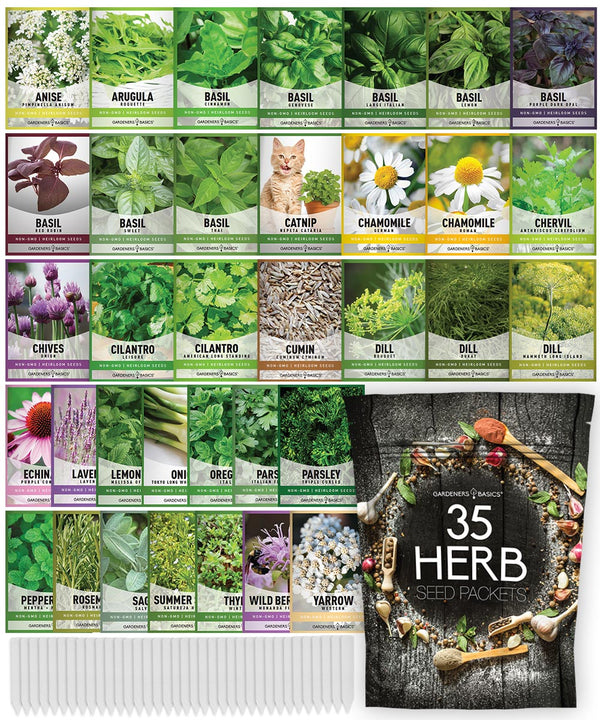
$29.95
$49.95
Heirloom, non-GMO herb seeds for indoor and outdoor home gardens! Introducing our 35 Herb Seeds Variety Pack, the ultimate selection for any herb garden enthusiast! This premium assortment includes heirloom herb seeds that are non-hybrid, open-pollinated, and non-GMO, ensuring you get only… read more
Regrowing Parsley Plants
Parsley is a hardy herb that can regenerate after being cut. This means that you can harvest parsley multiple times from the same plant, making it a cost-effective way to have a steady supply of fresh herbs in your kitchen. But how exactly does parsley regrow after cutting?
Explanation of how parsley regrows after cutting
When you cut parsley, it triggers the plant's natural response to growing new leaves and stems. The plant will use stored energy from its roots to produce new growth. This process is called re-sprouting and is common among many herbaceous plants like basil, mint, and oregano.
After cutting your parsley, you may notice small buds or shoots emerging from the base of the plant within a week or two. These buds will develop into new stems and leaves that can be harvested again in about four weeks.
Factors that affect regrowth, such as soil, water, and sunlight
The quality of your soil plays a big role in how well your parsley regrows after being cut. Parsley thrives in rich, well-draining soil with plenty of organic matter like compost or aged manure.
Keep the soil moist but not waterlogged, as parsley prefers evenly moist conditions. Sunlight is also crucial for the healthy regrowth of parsley.
The plant needs at least 6 hours of direct sunlight daily to produce enough energy for robust growth. If you're growing parsley indoors, consider placing it near a south-facing window or under grow lights if natural light is limited.
Tips on how to promote healthy and fast regrowth
If you want to ensure healthy and fast regrowth of your parsley after cutting, there are several practices you can follow. First, cut the stems cleanly with sharp scissors or pruning shears. This will minimize damage to the plant and promote faster healing.
In addition, you can fertilize your parsley with a balanced, organic fertilizer every 4-6 weeks during the growing season to ensure it has enough nutrients for new growth. Mulching around the base of the plant can help retain moisture in the soil and suppress weed growth that could compete with your parsley for nutrients.
Consider planting multiple parsley plants so that you can rotate harvesting between them. This gives each plant time to recover before it is harvested again and ensures a continuous supply of fresh parsley throughout the growing season.
Regrowing parsley after cutting is easy and straightforward if you follow proper care practices such as maintaining healthy soil conditions, providing adequate sunlight and water, and using sharp tools when harvesting. With these tips in mind, you'll enjoy a steady supply of fresh parsley throughout the growing season without buying new plants every time.
Benefits of Regrowing Parsley
Cost-Effective Way to Have a Steady Supply of Fresh Herbs
One of the main benefits of regrowing parsley is that it provides a cost-effective way to have a steady supply of fresh herbs. By planting parsley seeds or regrowing cuttings, you can have an almost endless supply of this flavorful herb without continuously purchasing it from the grocery store.
This can be especially helpful for those who use parsley frequently in their cooking and want to save money in the long run. In addition, growing your own parsley allows you to control the quality and freshness of the herb.
You can ensure it is grown organically, free from pesticides and other harmful chemicals. This also means you can harvest only what you need at any given time, reducing waste and saving money.
Improvement in Taste and Quality Compared to Store-Bought Herbs
Another benefit of regrowing parsley is that it often improves taste and quality compared to store-bought herbs. Most store-bought herbs are typically grown in large commercial settings, harvested before fully maturing, and usually shipped long distances before reaching the consumer. As a result, they may lose flavor and nutrients along the way.
On the other hand, when growing your own parsley at home, you can wait until it is fully matured before harvesting, ensuring optimal flavor and nutrient content. Additionally, because freshly picked herbs retain more essential oils than their store-bought counterparts, they are generally more aromatic.
Environmental Benefits such as Reducing Waste and Carbon Footprint
Regrowing parsley also has environmental benefits, such as reducing waste and carbon footprint. When purchasing fresh herbs from the grocery store or market, they often come packaged in plastic containers or bags, contributing to landfill waste. Growing your own parsley eliminates the need for excessive packaging, reducing waste and helping to reduce your carbon footprint.
Additionally, growing your own parsley at home eliminates the need for transportation from a commercial farm to a grocery store or market, reducing the carbon footprint associated with this process. By growing your own herbs and vegetables in your own backyard or even on a windowsill, you are contributing to a more sustainable future.
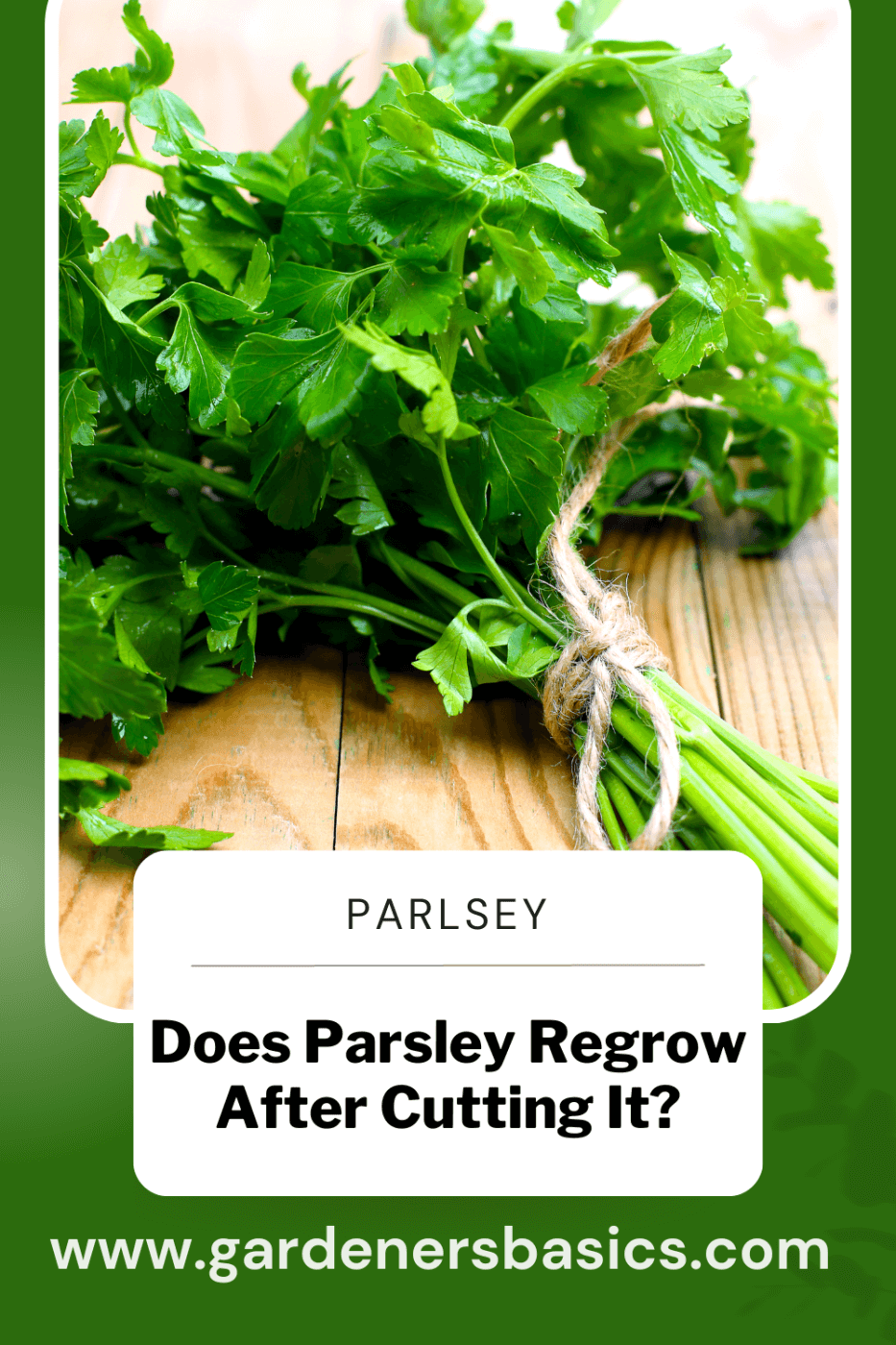 FAQ Section: Does Parsley Regrow After Cutting?
FAQ Section: Does Parsley Regrow After Cutting?
Q1: Does parsley regrow after cutting?
A1:Yes, parsley is a hardy herb that can regrow after being cut. Regular trimming encourages fuller growth and a healthier plant. Cut the stems about an inch above the soil to promote new growth.
Q2: How long does it take for parsley to regrow after cutting?
A2: Parsley typically regrows within 2-3 weeks after cutting. This time frame may vary depending on growing conditions, weather, and plant health.
Q3: What is the proper way to harvest parsley?
A3: To harvest parsley, use clean, sharp scissors or pruning shears to cut the outer stems of the plant first. Cut the stems about an inch above the soil to encourage new growth. Avoid cutting the central stalk or the entire plant, as this may inhibit regrowth.
Q4: How often should I trim my parsley plant?
A4: You can trim your parsley plant every 3-4 weeks, depending on its growth rate and personal needs. Regular trimming promotes fuller growth and keeps the plant healthy.
Q5: Can I over-harvest my parsley plant?
A5: Over-harvesting can weaken your parsley plant and hinder its growth. Leave at least two-thirds of the plant intact, allowing it to produce energy through photosynthesis and recover from the cutting.
Q6: Can I regrow parsley from cuttings?
A6: Yes, it is possible to regrow parsley from cuttings. Choose a healthy stem with several leaves, and place it in a glass of water, ensuring the lower leaves don't touch the water. Replace the water every few days and wait for the roots to grow. Once roots have developed, transplant the cutting into a pot with well-draining soil.
Q7: Does the regrowth of parsley affect its flavor?
A7: The flavor of parsley should not be affected by regrowth as long as the plant remains healthy. In fact, regular trimming can help maintain the plant's vigor and preserve its flavor.
Q8: How long will my parsley plant live?
A8: Parsley is a biennial herb that typically completes its life cycle in two years. However, you can continue harvesting parsley in its second year, but the plant may become less productive and more focused on producing flowers and seeds. To maintain a continuous supply of fresh parsley, consider planting new seeds yearly.
Herb Seed Assortment | 15 Variety Pack
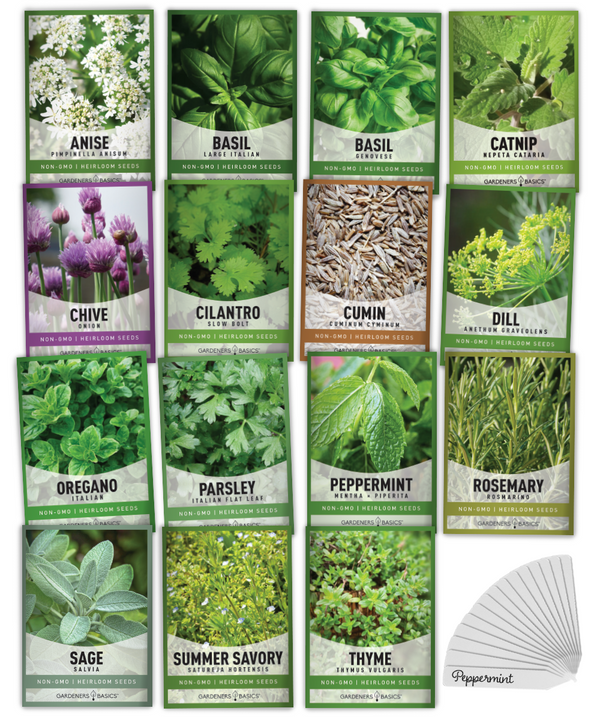
$19.95
Unlock the Power of Homegrown Herbs: 15 Heirloom Herb Seeds for Sustainable Gardening Introducing our 15 Herb Seeds Variety Pack—the ultimate collection for any home gardener, herbalist, or culinary enthusiast looking to grow fresh, flavorful herbs. Each of the 15 herb… read more
Conclusion - Does Parsley Regrow After Cutting
Regrowing parsley after cutting provides numerous benefits such as cost savings, improved taste and quality of the herb compared to store-bought options, and environmental benefits such as reducing waste and carbon footprint. By taking advantage of regrowth methods for parsley, you can always have fresh herbs on hand without worrying about running out or purchasing subpar herbs.
After discussing the anatomy of parsley and the process of cutting and regrowing it, it is clear that it can regenerate after being cut. As long as the plant is taken care of properly, it will continue producing fresh herbs for cooking.
It is important to note that cutting parsley too often or too aggressively can stunt its growth and prevent it from regenerating correctly. However, with proper care and attention, regrowing parsley can be a cost-effective and environmentally friendly way to have a steady supply of fresh herbs.
Not only does regrow your own parsley save money compared to purchasing store-bought herbs, but it also ensures a higher quality and taste in your meals. Additionally, growing your herbs at home reduces your carbon footprint by reducing packaging waste and transportation emissions.
Overall, taking the time to learn how to properly care for and regrow parsley will benefit your cooking and contribute positively towards creating a more sustainable future. So go ahead and try it out - you may just discover a newfound appreciation for this versatile herb!



 FAQ Section: Does Parsley Regrow After Cutting?
FAQ Section: Does Parsley Regrow After Cutting?



